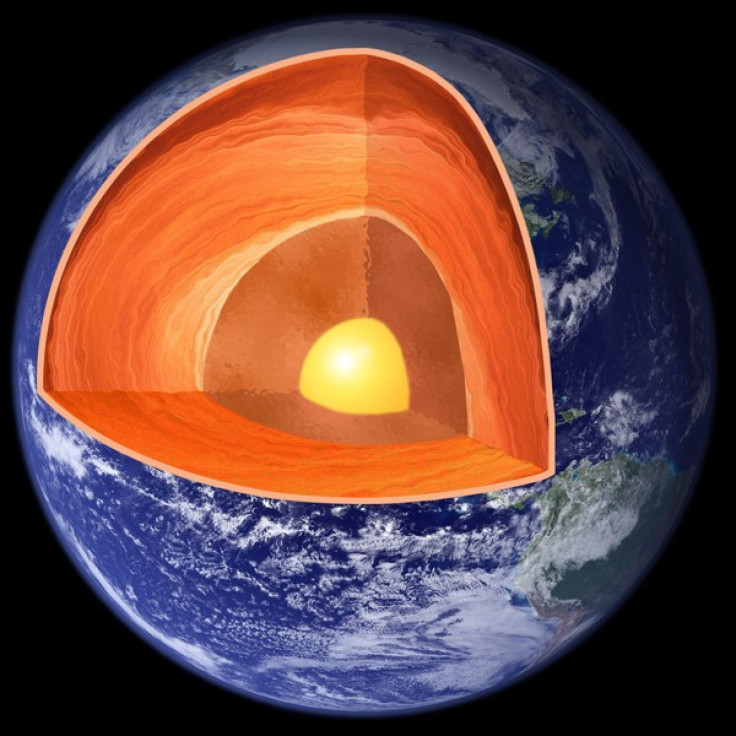Radioactive Decay Accounts for Half of Earth’s Heat

Most of us are aware that it is heat that is the primary driver of Earth. From the core to the surface, heat melts iron in the outer core, enables Earth's magnetic field, spreads the sea floor, and keeps the continents on the move.
In a recent study, Berkeley Lab scientists joined their KamLAND (Kamioka Liquid-scintillator Antineutrino Detector) colleagues to measure the radioactive sources of Earth's heat flow. They did this by using 20,000 boreholes across the globe to figure out what causes our planet to produce so much heat.
About 44 terawatts (44 trillion watts) of heat continually flows from Earth's interior into space. But, where does that heat come from?
According to the research, radioactive decay supplies about half of the Earth's heat, while primordial heat left over from the planet's formation accounts for a good deal of the rest.
Radioactive decay of uranium, thorium, and potassium in Earth's crust and mantle is considered one of the principal sources of the heat, and in 2005, scientists in the KamLAND collaboration, based in Japan, first showed that there was a way to measure the contribution directly.
They caught what KamLAND dubbed geoneutrinos, or more precisely geo-antineutrinos - emitted when radioactive isotopes decay.
The new information, in addition to several years' worth of additional data, is not only consistent with the predictions accepted by geophysicists, but is precise enough to aid in refining current models.
The information gives a far more precise look at what goes on deep below our feet.
Scientists have created a relative breakdown of the 44 terawatts, or 44 trillion watts, of heat that continually flow from inside the Earth's core and mantle into space.
Uranium and Thorium: 20 terawatts
Other isotope decays: 3 terawatts
Still unknown: 21 terawatts
The research still leaves us with several unknowns, but one thing we can say with near certainty is that radioactive decay alone is not enough to account for Earth's heat energy, said Stuart Freedman of the U.S. Department of Energy's Berkeley Lab. Whether the rest is primordial heat or comes from some other source is an unanswered question.
© Copyright IBTimes 2024. All rights reserved.












